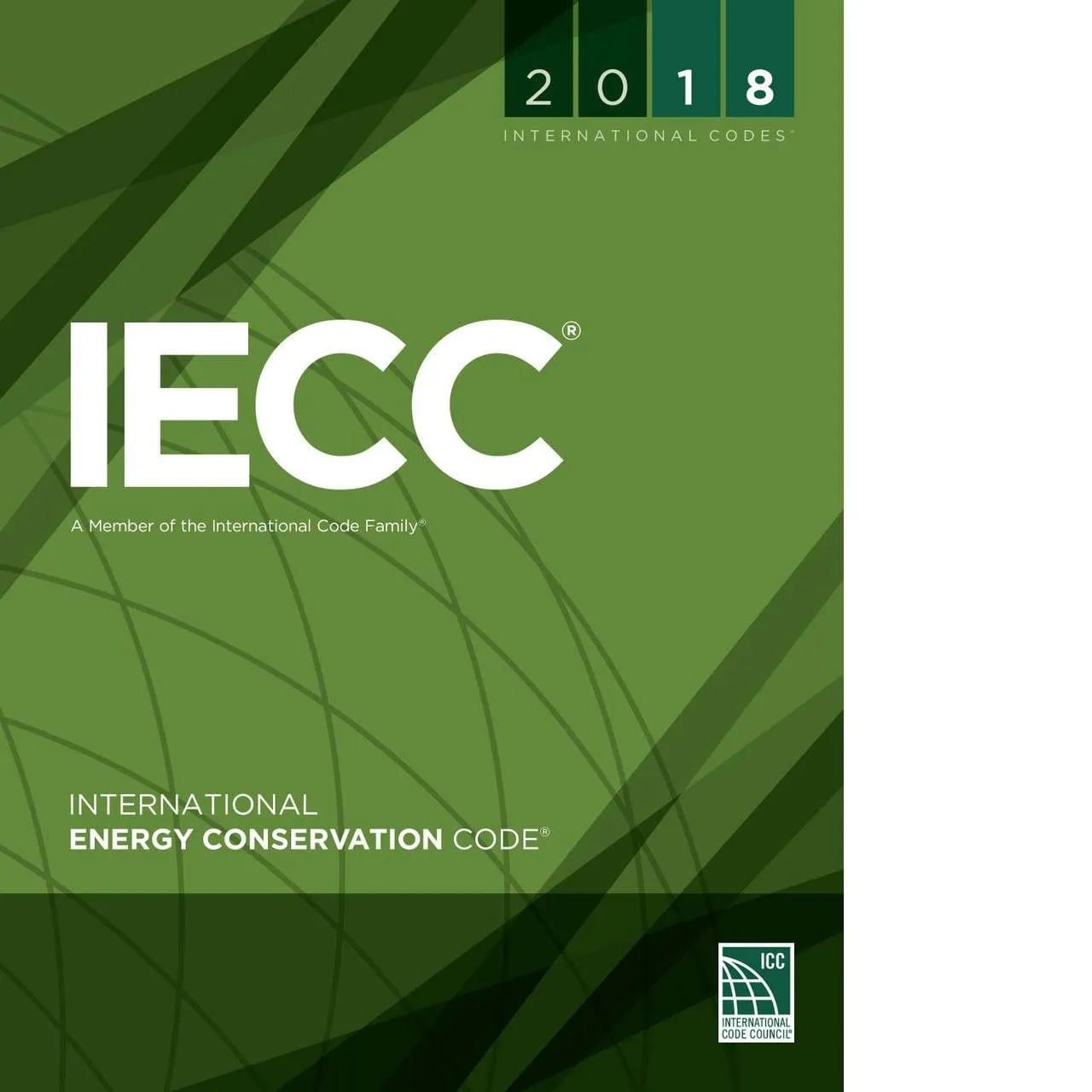Unlock the potential of energy-efficient buildings with IECC 2018, the updated code designed to optimize energy consumption in homes and offices. This comprehensive guide explores the key features of IECC 2018, its compliance paths, and the future of energy-efficient building.
Understanding IECC 2018
IECC 2018 is a model energy code established by the International Code Council (ICC) to define minimum standards for energy efficiency in building design and construction. It acts as a roadmap for creating more comfortable and cost-effective spaces while minimizing environmental impact. Wondering how the hippocampus sector of the brain absorbs information? This code applies to a wide variety of structures, from residential homes to large commercial buildings, offering a blend of prescriptive regulations and performance-based objectives.
Key Benefits of IECC 2018
Adopting IECC 2018 offers several advantages:
- Reduced Energy Costs: The code promotes energy efficiency, likely resulting in lower monthly utility bills for heating, cooling, and lighting.
- Environmental Protection: By reducing energy consumption, the IECC 2018 helps lower greenhouse gas emissions, contributing to a healthier planet.
- Resource Conservation: Improved energy efficiency lessens the strain on valuable resources, promoting sustainability for future generations.
Tailored Guidelines for Different Building Types
IECC 2018 recognizes the diverse energy needs of various building types. It provides specific guidelines:
- Residential Buildings (“R” Provisions): Focuses on energy efficiency in homes, addressing areas like heating, cooling, and insulation.
- Commercial Buildings (“C” Provisions): Addresses the unique energy demands of commercial spaces, emphasizing areas like lighting and ventilation.
Emphasizing Window Efficiency
Windows play a crucial role in building energy efficiency. IECC 2018 defines requirements for U-factors (measuring heat transfer) and Solar Heat Gain Coefficients (SHGC) (measuring solar heat passage) to optimize natural light while minimizing unwanted heat gain.
Adoption and Enforcement
As a model code, IECC 2018’s adoption and enforcement depend on individual state and local governments. They can modify the code to suit their specific climate and regional needs, resulting in variations across different locations.
Navigating the 2018 IECC Compliance Paths
The 2018 IECC offers three distinct routes, or compliance paths, for achieving energy efficiency: Prescriptive, Performance, and Energy Rating Index (ERI). Each path offers a different approach with varying levels of flexibility and complexity.
1. The Prescriptive Path: A Checklist Approach
The Prescriptive Path involves meeting pre-defined requirements for specific building components, such as insulation levels and window U-factors. It’s often considered the simplest path, especially for smaller projects, as it provides clear guidelines. Compliance involves plan review and supporting calculations.
2. The Performance Path: Flexibility and Optimization
The Performance Path offers more design flexibility by focusing on overall building performance. Builders use energy modeling software to demonstrate that their design meets the target energy efficiency level. This path requires specialized software and expertise but can lead to optimized energy savings.
3. The ERI Path: Achieving a Target Score
The ERI Path uses a standardized score, the Energy Rating Index (ERI), to measure a building’s energy performance relative to a reference home. Lower ERI scores indicate higher efficiency. This path incentivizes high-performance buildings but requires certified raters and specific software for compliance. When it comes to invasive aortic balloon pump (IABP) waveform, there’s no shortage of information available.
Choosing the Right Path
The best compliance path depends on several factors: project complexity, budget, desired performance level, and available expertise. The Prescriptive Path is often suitable for simpler projects, while the Performance and ERI paths offer greater potential for optimization in more complex designs.
The Latest IECC: Staying Up-to-Date
While IECC 2018 provided valuable guidance, the most recent version is the 2021 IECC (released in 2020). This updated code incorporates advancements in building science and energy efficiency, pushing for even higher performance levels and incorporating new technologies. Understanding the latest IECC version is critical for compliance and maximizing energy savings.
Decoding the IECC Acronym
IECC stands for the International Energy Conservation Code. It represents a model code for energy efficiency in buildings, impacting various aspects of design and construction. Developed by the ICC, this code is regularly updated, with the 2021 version representing the latest iteration.
Key Areas Covered by the IECC
The IECC addresses a wide range of energy-related aspects, including:
- Insulation Standards: Specifies requirements for insulation materials and installation methods to minimize heat transfer.
- Window Performance: Defines U-factor and SHGC requirements to optimize window efficiency.
- HVAC Systems: Sets efficiency standards for heating and cooling systems, including duct sealing requirements.
- Water Heating: Provides guidelines for energy-efficient water heaters.
- Lighting: Recommends energy-saving lighting fixtures and controls.
The IECC’s aim is to minimize energy waste in buildings, promoting both economic and environmental benefits. While jurisdictions adopt and may modify the IECC, the core principles remain consistent: to reduce energy consumption, conserve resources, and promote sustainability in the built environment.
- Ultimate Guide to Words Starting With GO: Comprehensive List - April 4, 2025
- Master words that start with o to describe someone: A complete guide - April 4, 2025
- Master Managing Information Services: A Practical Guide - April 4, 2025

















2 thoughts on “IECC 2018: A Comprehensive Guide to Energy Efficiency in Building Design and Construction”
Comments are closed.